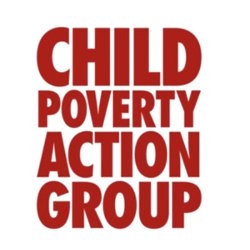
Child Poverty Action Group (CPAG) commends the Government’s new Better Public Services (BPS) health targets which it says has improving child well-being at the heart.
The 2012 BPS health target on increasing immunisation rates to adequate levels has been highly successful. The 2012 target of reduction in rates of rheumatic fever had been less successful than anticipated, in part due to the fact that overcrowding – the strongest risk factor – has not been fixed. Free doctors visits and prescriptions for children aged under 13, policy strongly advocated for by
CPAG, has meant many more children are getting the primary health care they need.
The new BPS health targets have been long-awaited, and are central to improving the lives of many children in New Zealand:
The first new BPS health target, having 90 per cent of pregnant women register with a Lead Maternity Carer in their first trimester will help to ensure that all children have the best possible start to life. Currently only about 65% of women register, and thus 35% miss out on the opportunity for maternity care and early interventions to help them and their babies.
The second new BPS health target, reducing the number of hospitalisations for children 12 and under with preventable conditions is vitally important, as rates of these admissions in New Zealand are high compared to other similar countries, and have been slowly increasing.
Professor Innes Asher, CPAG health spokesperson, says, “The number of children living in unhealthy housing and experiencing poverty are key reasons why admissions are particularly high in New Zealand. The creation of this new target signifies the Government is acknowledging the underlying causative issues for preventable childhood health problems, including poverty.
“Access to better incomes, housing and healthcare will need to be prioritised.”
By focusing on a large group of preventable illnesses, more progress will be made than by focusing on one disease at a time, as new comprehensive policies will be required to remedy the underlying environmental factors.
“There are about 40,000 admissions of children to hospital each year with preventable conditions such as asthma, chest infections including pneumonia, skin infections, and dental disease. We are delighted that decreasing this number has become a national goal,” says Professor Innes Asher, who is also chair of the Global Asthma Network.
“Less visible than those diseases, but highly important, are head injuries which are devastating and preventable.
“Fundamental to achieving the second new target is the introduction of a range of policies aimed at dramatically lessening the numbers of children living in poverty and ensuring healthy housing for all children and their families.
“We look forward to seeing those new policies.”




